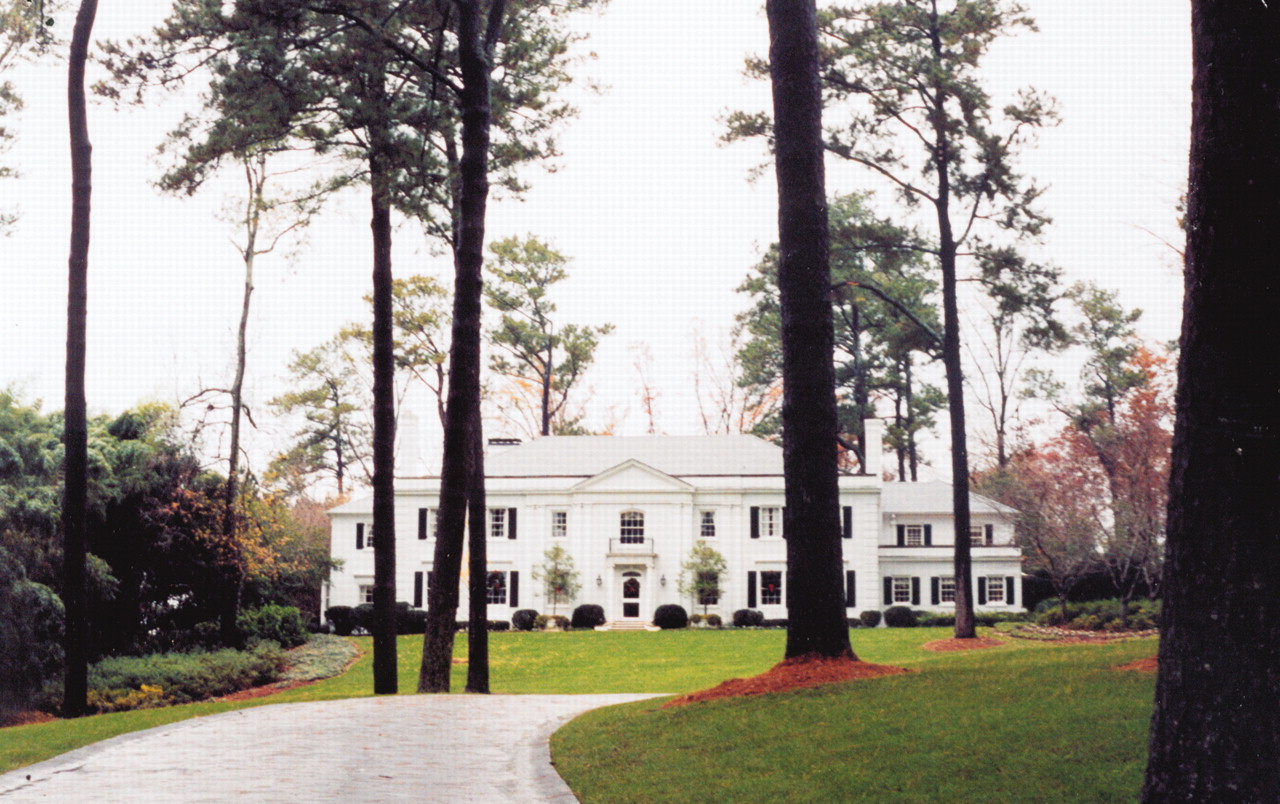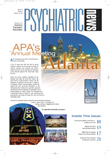While the classic book Gone With the Wind and the film by the same name may have formed some people's conception of Atlanta, that image is about as far from the metropolis's modern reincarnation as a city can get. By the end of the last century, Atlanta had emerged as the South's most cosmopolitan city and one of the country's most popular business and convention destinations.
Political and business leaders of today's Atlanta, for example, are often descendants of slaves. Many Atlantans of all races are transplants from Northern cities who came to work with entrepreneurial companies associated with the renowned Georgia Institute of Technology or at the many corporate headquarters. Atlanta has a rapidly growing Latino population as well.
And just as the population of Atlanta has changed considerably since the American Civil War, so has the architectural landscape. It is essentially a mix of buildings constructed in the years immediately following the Civil War or during the 20th century, from the 1910 home of Alonzo Herndon, for example—a freed Atlanta slave who went on to establish the Atlanta Life Insurance Company and to become Atlanta's first black millionaire—to the Fox Theatre, one of the few remaining movie palaces from the 1920s, to the CNN Center, where a large atrium lined with offices boasts the world's longest escalator.
Probably the best way to get a real feel for Atlanta residents and how they live is to visit several local neighborhoods. As an Atlanta business executive commented to Psychiatric News, “Atlanta is a city of neighborhoods.”
Inman Park, located two miles east of downtown Atlanta, is one of the neighborhoods you might want to visit. In the 1880s, it became Atlanta's first planned community and one of the nation's first garden suburbs. During the early part of the 20th century, quite a few prominent Atlanta families lived there—for example, Asa Candler and Ernest Woodruff, founders of the CocaCola empire.
In subsequent years, the area underwent a slow decline until, by the 1950s, many homes were abandoned and occupied by derelicts or transients. During the 1970s, people started to renovate the homes, and in 1973 Inman Park was listed on the National Register of Historic Places.
Inman Park has a neighborhood association, a garden club, and a spring festival. Its residents like to think of themselves as being a“ small-town downtown,” combining the desirable elements of small-town living with dedication to growth of the inner city.
A midtown Atlanta neighborhood worth a visit is Virginia Highland. It is so named because it is located at the intersection of Virginia and North Highland avenues. Developed during the 1900s, the neighborhood consists of six distinct commercial “villages” alternating with short, walkable blocks of charming bungalows and Tudor cottages. Homes in Virginia Highland began to be renovated a few years ago by gay urban pioneers. Today, they are owned by a mix of professionals and tend to be pricey. The neighborhood also contains outdoor cafes, fashionable boutiques, sidewalks bustling with shoppers, art galleries, and lively night spots.
Finally, a region in the northern part of Atlanta that is definitely worth a visit is Buckhead, the preserve of old, wealthy Atlanta families. The name originated around 1840 with a large deer being shot by a woodsman. The area has since evolved into some 20 mini neighborhoods, each with its own borders, character, and civic association. Buckhead's best-known neighborhoods are Peachtree Hills, Habersham, Peachtree Park, Garden Hills, and Tuxedo Park.
Within these neighborhoods can be found elegant mansions located on sprawling lush grounds. Some were designed by well-known architects. The neighborhoods also feature upscale shopping and fine dining and entertainment. Patrice Harris, M.D., an APA member and Atlanta resident, calls Buckhead the“ Beverly Hills of the South.”
So how can visitors reach these interesting neighborhoods? The easiest and quickest way to get from downtown Atlanta to Inman Park is to take the MARTA east/west train to the Inman Park/Reynolds-town Station, while taking a taxi is probably the best way to get from downtown to Virginia Highland. The easiest and quickest way to get to Buckhead from downtown Atlanta is via the MARTA system's north/south train to Lenox Station. Most shopping in Buckhead is within a block or two of the station. ▪

